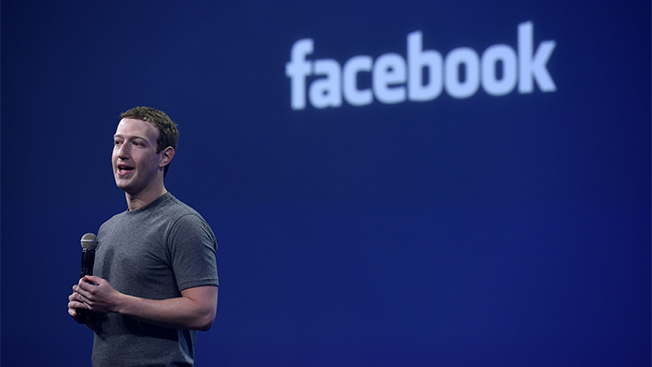Like many, I followed Mark Zuckerberg’s congressional testimony closely. I couldn’t help but feel a little sympathetic as I realized Zuckerberg’s biggest challenge would be explaining to Congress what exactly Facebook does in the first place.
As I watched Zuckerberg field questions, two things became clear:
- People don’t understand how Facebook’s advertising model works.
- Facebook will emerge as the strongest, safest place for advertising dollars.
Yes, you read that right. Now let me explain.
Facebook does not sell data
This proved a confusing concept for many lawmakers. Several times, Zuckerberg explained that Facebook does not broker its user data to advertisers, which is clearly a common misconception. While this is well understood within the technology and advertising industries, it’s important for us to appreciate that it is not common knowledge.
We in the industry know that advertisers provide Facebook with a profile of people they want to target, based on demographics, location, likes and dislikes. Facebook then identifies a matching audience and serves ads accordingly. No data ever leaves Facebook’s “walled garden.” All usage of data by advertisers is based on Facebook’s terms and conditions, which all users opt in to.
But what about Cambridge Analytica?
The only way user data can leave Facebook is if the user gives permission to a third-party, like the third-party app created by Aleksandr Kogan. When users signed up for this app, they accepted its privacy policies, not Facebook’s. Facebook’s deputy general counsel was quick to emphasize this in a statement, saying, “The claim that this is a data breach is completely false. Aleksandr Kogan requested and gained access to information from users who chose to sign up to his app, and everyone involved gave their consent.” Cambridge Analytica then purchased this data, which is where the issues lie.
To be clear, both Aleksandr Kogan and Cambridge Analytica were in the wrong. They misrepresented their intent for using this data, directly violating Facebook’s policies. But it’s important to note that Facebook acted entirely within the parameters of its end user agreement, which is a crucial distinction.
Facebook will be the safest place for ad spend
Throughout the testimony, Zuckerberg reiterated his commitment to making changes that will protect user data. We’ll continue to see more self-regulation from Facebook before we see it introduced by the government—like the shutdown of their Partner Categories program that allowed brands to use third-party data to deliver ads. As time goes on, these changes and the advertising ecosystem that Facebook has built will make it the safest choice for advertising dollars.
Consider the alternative. The digital advertising industry is riddled with risk and fraud: A report from Juniper indicates that ad fraud will cost advertisers $19 billion globally this year. As such, advertisers often lack a clear picture of what and how they are buying, whether these systems utilize a clean data set or if they follow a secure data capturing process. Without knowing what they are paying for, advertisers can’t be sure they are protecting user data, that users have opted-in to receive advertisements or that their ads are reaching a viable audience. Programmatic advertising is a mess from a security standpoint: for a single digital ad, countless parties exchange, analyze and act on data in mere milliseconds. Maintaining security and user privacy rights across this landscape of partners, vendors and advertisers is like trying to boil the ocean.
On the other hand, Facebook has full ownership and control of their advertising inventory and their entire ad tech stack. Their model is based on users opting-in to receive advertisements in exchange for using the platform’s services. They serve these users’ advertisements while never revealing personally identifiable information, which creates a safe environment for both advertisers and consumers. In addition, when potential data or security issues arise, it’s much more manageable for Facebook to fix them given that they own the entire customer experience. Google just further demonstrated the importance of this type of control by removing DoubleClick ID sharing, effectively preventing marketers from pulling data out of DoubleClick’s Campaign Manager, which helps Google further control their ad tech stack end-to-end.
Moreover, when brands advertise on Facebook using native products, they are not responsible for protecting and upholding user data—Facebook is. Before using the platform, users agree to the terms of service, making Facebook liable for any potential compliance risks. Facebook provides advertisers with a complete end-to-end solution to reach their most important customers. And remember, there are 5.7 billion users worldwide across all of Facebook’s properties, including Messenger, WhatsApp and Instagram.
As their quarterly report showed, advertisers and users haven’t pulled back their investments in Facebook. Fundamentally, Facebook’s model is still a strong one, and it is poised for a giant leap forward as both the security and safety of the industry’s leading advertising platform continues to evolve.








